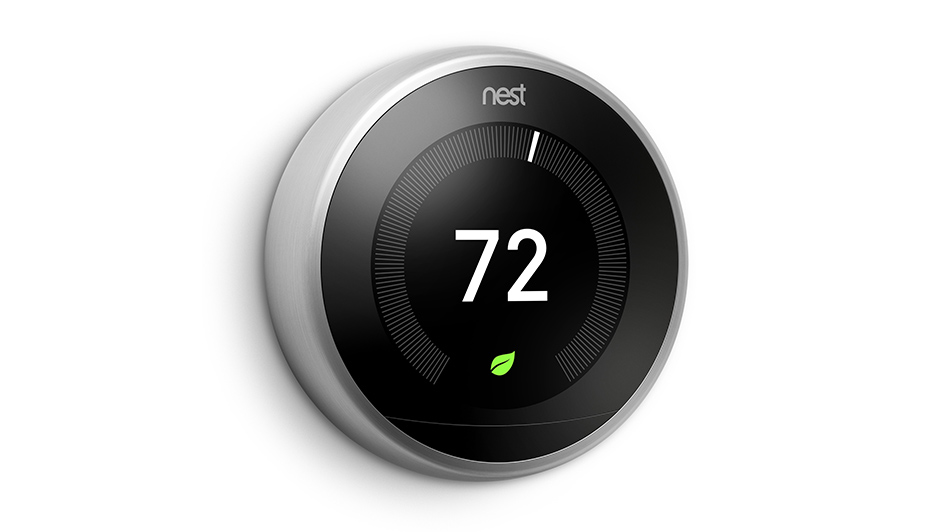
The Nest thermostat is one of the best-selling smart thermostats on the market today. And for good reason. It learns your temperature preferences and creates an energy-efficient schedule to match. And through geofencing with your phone, the Nest Learning Thermostat and Nest E realize when you’re at your residence or out and about and can raise and lower settings to help you save even more.
The Nest works with a full range of 24-volt heating and cooling systems, but it’s always a smart idea to check the Nest thermostat compatibility checker before getting one. Don’t forget to talk with your energy company for valuable rebates, as you may be able to get a Nest for free or close to it.
Once you’ve checked it’s compatible, you can either install it on your own or call a HVAC specialist like Point Heating & Cooling. If you’re putting it in without help, you’ll spot a terminal for the C-wire, or common wire. This wire is only used for powering your thermostat. If your home or HVAC system is older, you might not have one of these wires. In most cases, Nest says this isn’t a problem as the thermostat can get adequate power from other heating and cooling wires.
In some cases, your heating and cooling system could need that C-wire. And here’s why.
Why Your Nest Keeps Losing Power and Other Issues
The Google Nest Thermostat is an improvement from older programmable thermostats that have a combination of wiring and AA batteries for power. It relies on a rechargeable lithium-ion battery and wiring to link to Wi-Fi, power its digital display and run your heating and cooling system.
8 Common Nest Thermostat Malfunctions
If it can’t draw ample electricity, Nest says you might run into some of these problems:
- Poor battery life.
- Thermostat motion sensing won’t work.
- Your thermostat every now and then disconnects from Wi-Fi.
- Your system abruptly turns on or off, or won’t stop running.
- Your system is producing weird noises, including chattering, stuttering, clicking or thumping.
- Heating or cooling is short cycling, or repeatedly turning on and off in a short period of time.
- There is a delay message on your Nest thermostat’s screen, along the lines of “heating is delayed for 2:30 minutes.”
- The system fan is constantly running, won’t switch on or turns off and on repeatedly in a short period of time.
You could think something is wrong with your heating and cooling system, but if you just got the Nest, we suggest you check your thermostat right away. This is especially pertinent if the weather is moderate, and you haven’t been using your heat or air conditioning consistently.
Our Specialists Can Resolve Nest Thermostat Problems
If you’ve gone through Nest thermostat troubleshooting by yourself but can’t fix the issue, a smart thermostat specialist such as one from Point Heating & Cooling can provide support. We can diagnose the issue and add a C-wire, if needed.
Smart thermostats including the Nest are made to make your life more convenient, with automatic energy-efficient programming and the option to monitor temps while you’re out. It’s a frustrating experience when yours won’t operate properly, but our heating and cooling experts at Point Heating & Cooling can fix the trouble in no time.
If you’re going through odd heating and cooling behavior with your new Nest, give us a call at 715-504-0533 to request your appointment now.
